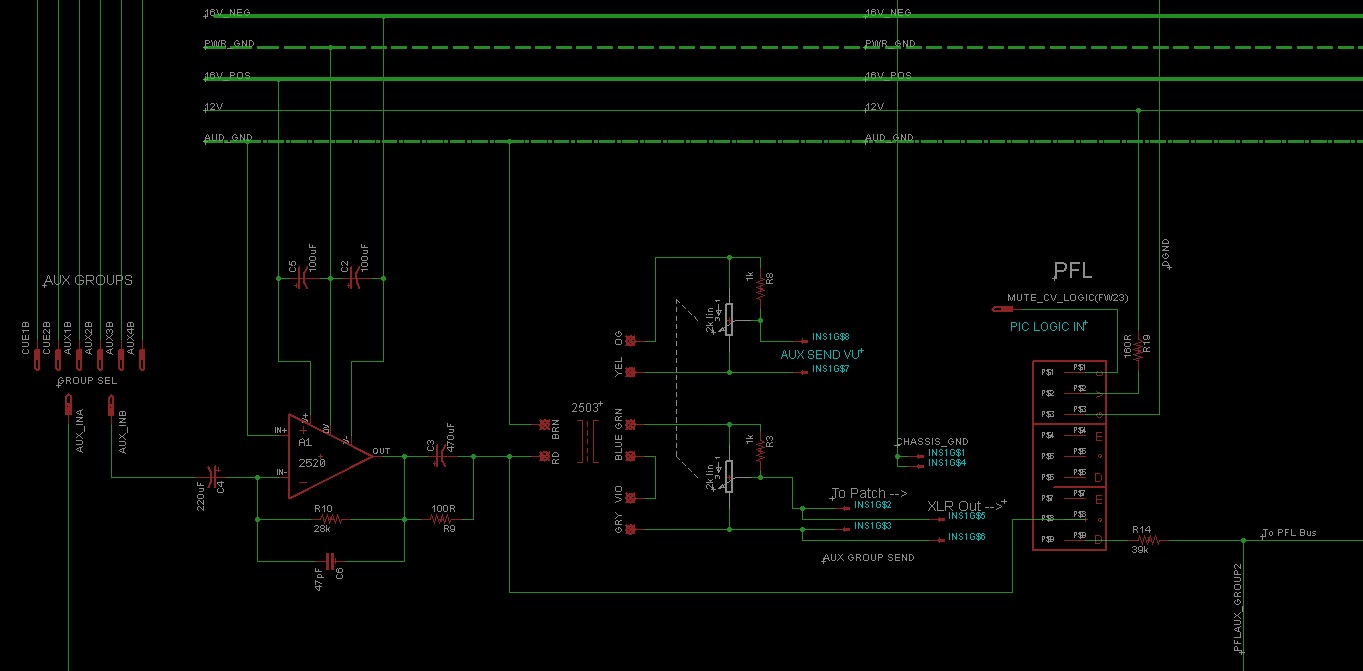Ah! I didn't realize that. Then the exixtence of the primary is enough to guarantee low DC.boji said:Yessr, thanks Abby. R9 is not making much sense, but R1 I thought is part of A2 which is driving a 2503.
But I don't see how a xfmr ther would be of use, since the signal is not meant to go anywhere else than bus.




